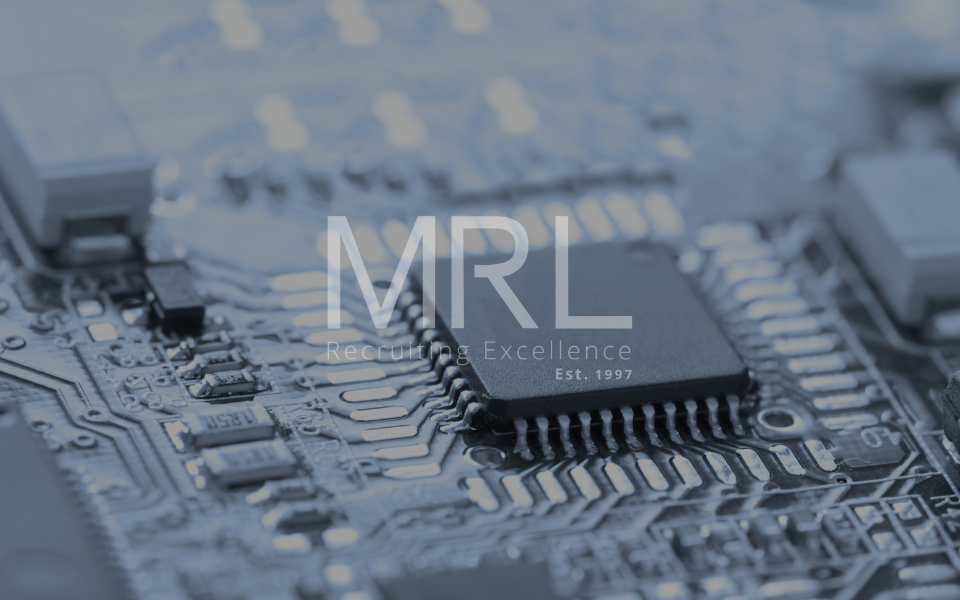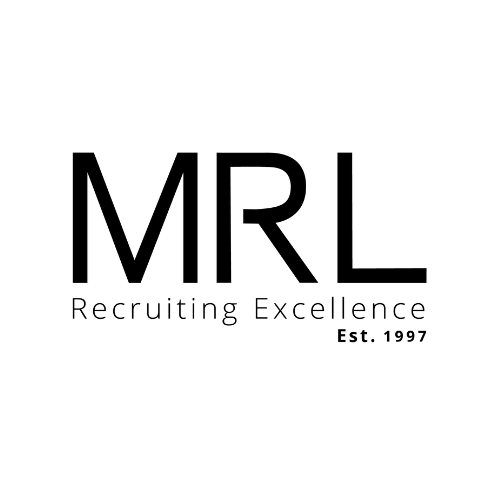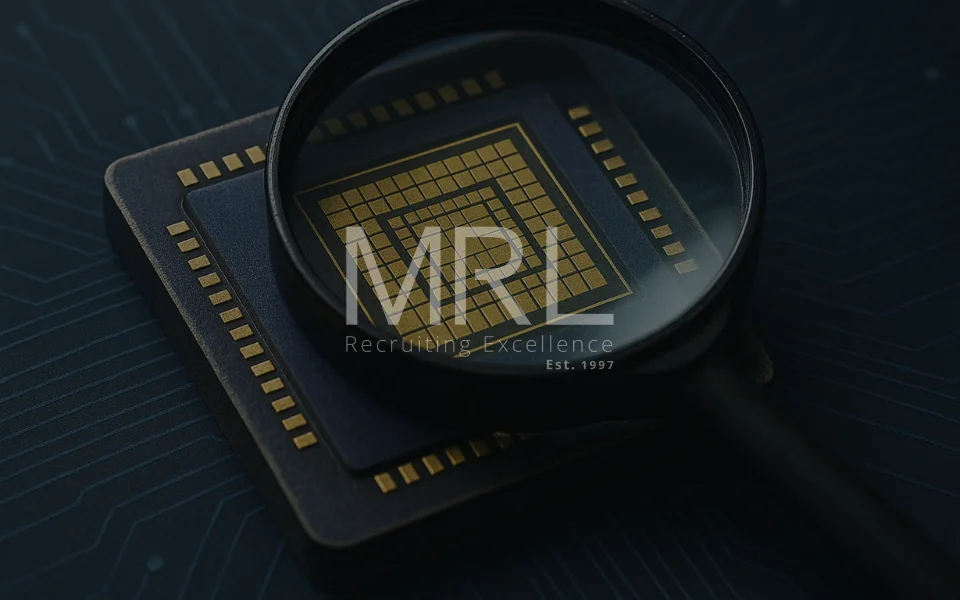The Future of Semiconductor Manufacturing: Trends and Predictions
31 Jul, 20245 minsFor industry experts and professionals alike, it is important to stay ahead of the curve whe...

For industry experts and professionals alike, it is important to stay ahead of the curve when it comes to the ever evolving semiconductor manufacturing landscape. As the backbone of modern technology, semiconductors drive advancements in everything from smartphones to electric cars. The next decade promises transformative changes thanks to innovation, advancements and dedication from the leaders in the semiconductor industry. In fact, we can see some of these trends taking shape every day.
The Key Trends Shaping the Future of Semiconductor Manufacturing
Miniaturisation and Moore’s Law
The relentless pursuit of Moore’s Law - the idea that the number of transistors on a microchip doubles about every two years - continues to be a big driving force in semiconductor manufacturing. However, traditional scaling is reaching its physical limits. Companies are responding with innovations such as FinFET (Fin Field-Effect Transistor) technology and Gate-All-Around (GAA) transistors, which increase performance without relying solely on shrinkage and transistor size. In addition, the development of 2D materials like graphene, promises to revolutionise the way we approach semiconductor design, potentially extending the life of Moore’s law in new dimensions.
Advanced Lithography
Extreme ultraviolet (EUV) lithography has been a game changer in semiconductor manufacturing, helping produce smaller and more powerful chips. Moving forward, the focus will shift towards improving EUV technology and potentially exploring Beyond EUV (BEUV) lithography. These advancements will be critical to maintaining the pace of innovation and developing the next generation of applications, ranging from AI to quantum computing.
AI and Machine Learning Integration
AI and machine learning are becoming increasingly powerful tools within the manufacturing process. Predictive maintenance, yield enhancement, and process optimisation are just a few areas where AI is making major strides. Leading companies are investing heavily in AI-driven analytics to smoothen their production processes, reduce downtime, and improve overall efficiency. This trend is set to accelerate, driving both operational excellence and cost effectiveness.
Sustainability and Green Manufacturing
Like many other career sectors, the semiconductor industry is increasingly focusing on sustainability. Energy-efficient production, recycling, and the use of renewable energy are becoming standard practices. Companies are investing in new and efficient cooling solutions to reduce their operational carbon emissions. Sustainability is not just a regulatory requirement but a competitive differentiator, attracting consumers and environmentally conscious investors.
Global Supply Chain Resilience
The COVID-19 pandemic and political tensions have highlighted weaknesses in the global semiconductor supply chain. Future strategies will emphasise reliability, with companies diversifying their supplier base and increasing local production. Strategic partnerships and investment in advanced manufacturing facilities across different regions will be essential to reduce risk and ensure a stable supply chain of critical components.
The future of semiconductor manufacturing is bright, but it comes with challenges that require innovative solutions and strategic foresight. Leading companies are already positioning themselves to navigate these obstacles, leveraging advanced technologies, AI-driven processes, and sustainable practices. For job seekers and industry experts alike, staying informed about these trends is essential. Embrace the change and be ready to contribute to the next wave of technological revolution in semiconductor manufacturing.
Get in touch with MRL to begin your move into your future semiconductor career.





